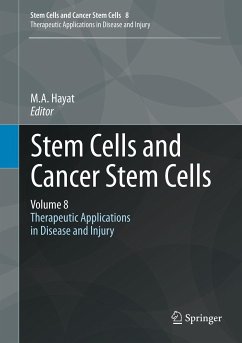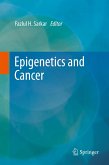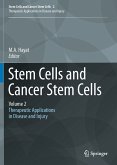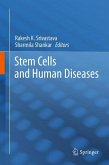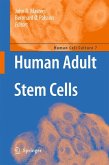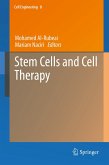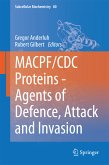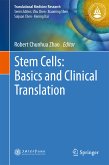The information has been submitted by a range of experts working at the leading edge of the field, including oncologists, neurosurgeons, physicians, research scientists and pathologists. They cover a formidable array of topics and offer differing scientific perspectives on specific, and in some cases highly controversial, aspects of cancer treatment and tissue regeneration. The section on stem cell culture includes information on developing defined culture conditions for expanding mesenchymal stromal cells in preparation for clinical applications. The importance of optimization of culture conditions and conservation of natural three-dimensional cell shape and morphology is pointed out because they are critical factors in maintaining cell phenotype and controlling differentiation. Regarding bone marrow stem cells, researchers share data on the gene expression profiling of myelodysplastic stem cells; the section on reprogramming and differentiation features the latest research focusing on epigenetic modifiers. This essential volume, like its companions in the series, is required reading for academics and physicians who need with keep up to the speed in a fast-developing field with unrivalledpotential for overcoming some of mankind's most intractable and devastating pathologies.
Dieser Download kann aus rechtlichen Gründen nur mit Rechnungsadresse in A, B, BG, CY, CZ, D, DK, EW, E, FIN, F, GR, HR, H, IRL, I, LT, L, LR, M, NL, PL, P, R, S, SLO, SK ausgeliefert werden.

